9 Most Dangerous Foods in the World
Here are 9 of the most dangerous foods around the world:
1. Pufferfish
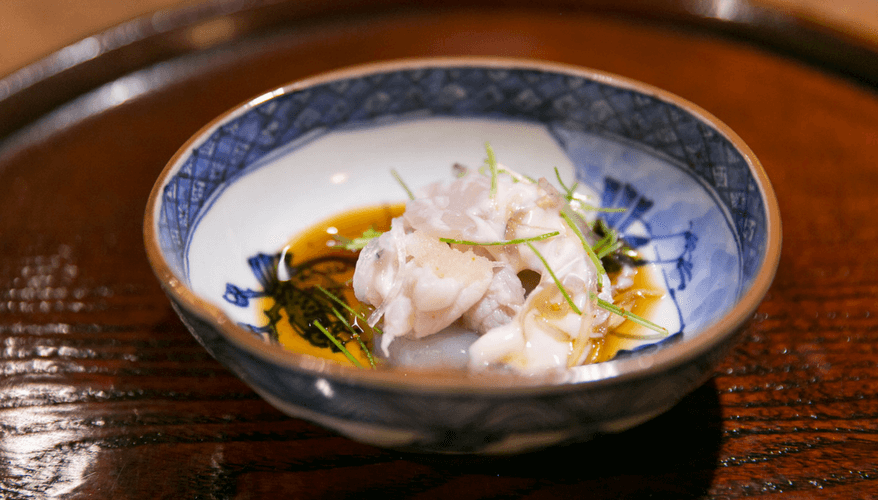
This is a delicacy in Japan, locally known as fugu and only
properly-trained chefs can serve fugu safely. It is mostly eaten raw,
fried, or boiled with miso. The deadly poison, which can kill instantly,
can be found in the liver and internal organs, so it has to be properly
prepared and cleaned before serving.
2. Absinthe
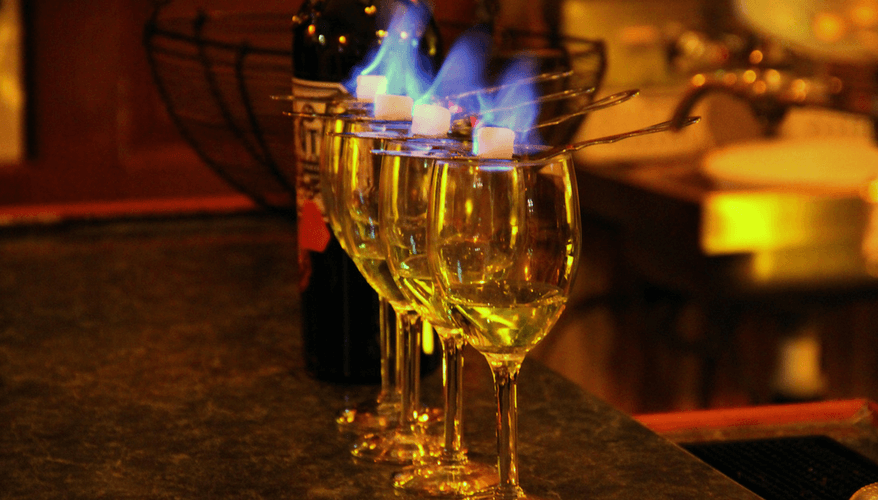
This sweet drink is made from woodworm, fennel, and anise. Woodworm
contains a chemical that has psychoactive properties and could cause
hallucinations.
3. Live Octopus
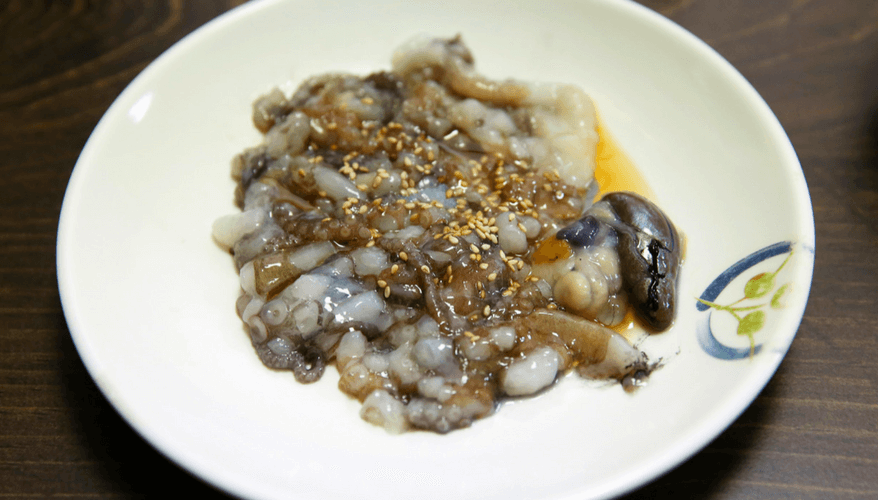
Also known as Sannakji in Korea, this delicacy is eaten raw. The
danger is that if you don’t chew this well, the suction of the octopus
can grip your throat and cause choking and suffocation.
4. Ackee
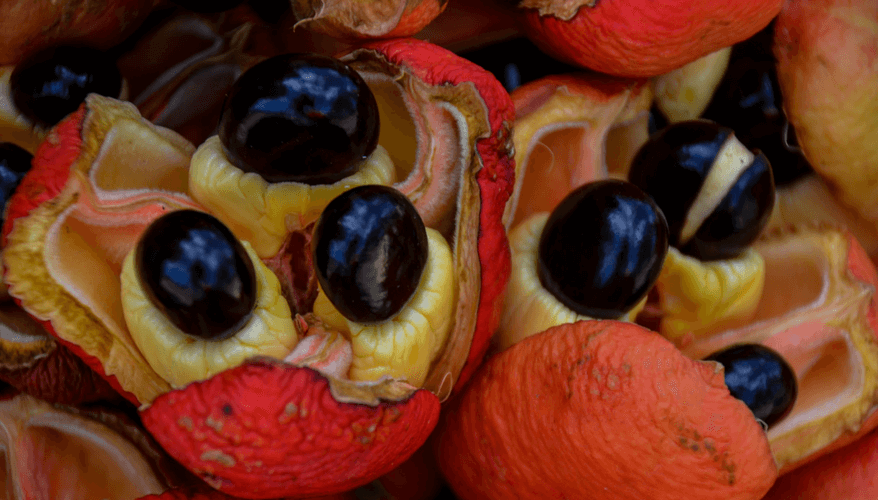
This fruit is well loved in Jamaica. It must only be eaten when it is
fully ripe, properly prepared and without the toxic seeds. The seeds
contain poisonous substances that cause vomiting.
5. Death Cap Mushroom

Although they taste pleasant and resemble many other varieties of
non-toxic mushrooms, when eaten, the death cap mushroom causes severe
abdominal pain and vomiting. If you ingest a large portion of this
deadly mushroom it causes liver, kidney and heart damage.
6. Blood Clams
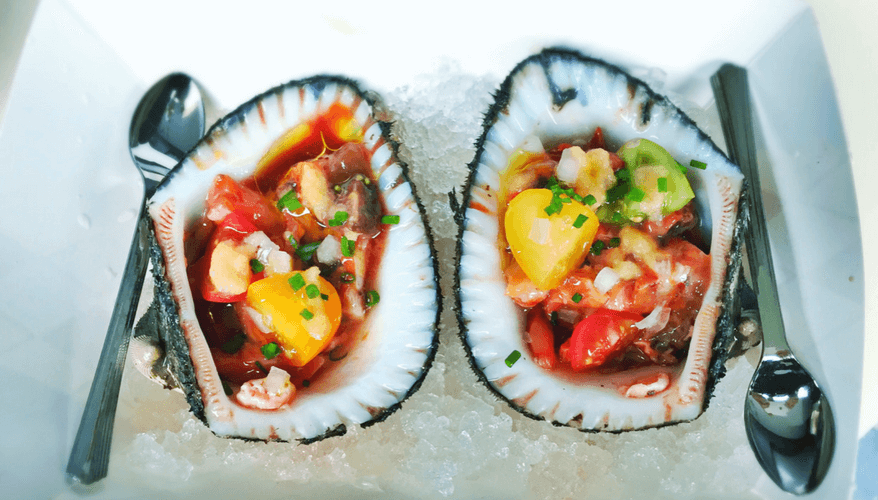
Available in China, blood clams are quickly boiled and eaten. Blood
clams are known to carry several viruses that lead to deadly diseases
such as typhoid, hepatitis A, and dysentery.
7. Cassava
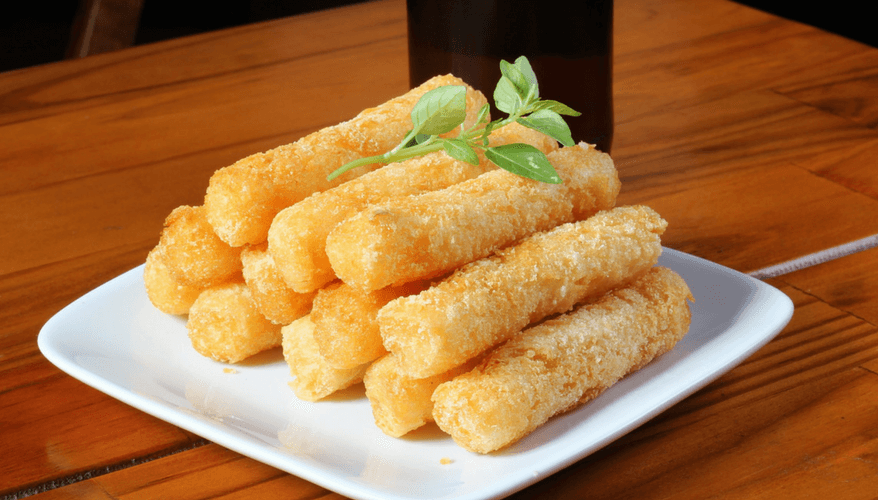
A certain variety of cassava called manioc, which is found in Africa
and South America, must be thoroughly cooked and properly prepared. Raw
cassava contains a toxic substance called linamarin which becomes
cyanide if eaten raw.
8.Hákarl
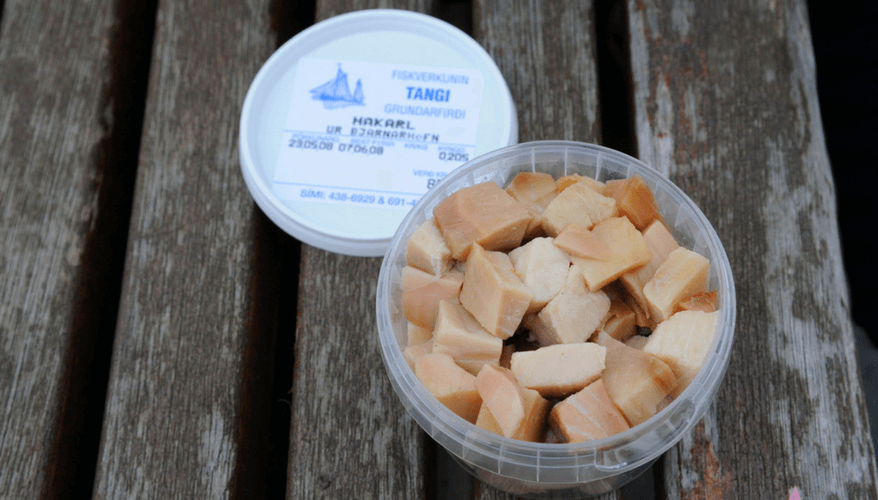
This cured shark is traditionally eaten in Iceland. It is actually
rotten shark, cured for six months. The shark has no kidneys or urinary
tract, so toxic waste substances are absorbed by the skin and the flesh.
9. Rotten Cheese
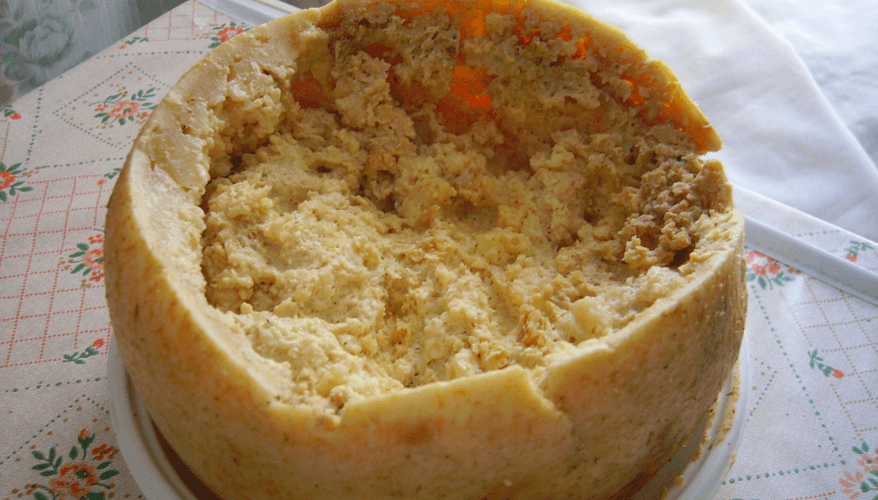
Casu marzu, or directly translated as ‘rotten/putrid’ cheese, is
traditionally served in Sardinia. During the aging process, the cheese
develops (and is noted for containing) live insect lavae (eggs and
maggots).
 This is a delicacy in Japan, locally known as fugu and only
properly-trained chefs can serve fugu safely. It is mostly eaten raw,
fried, or boiled with miso. The deadly poison, which can kill instantly,
can be found in the liver and internal organs, so it has to be properly
prepared and cleaned before serving.
This is a delicacy in Japan, locally known as fugu and only
properly-trained chefs can serve fugu safely. It is mostly eaten raw,
fried, or boiled with miso. The deadly poison, which can kill instantly,
can be found in the liver and internal organs, so it has to be properly
prepared and cleaned before serving. This sweet drink is made from woodworm, fennel, and anise. Woodworm
contains a chemical that has psychoactive properties and could cause
hallucinations.
This sweet drink is made from woodworm, fennel, and anise. Woodworm
contains a chemical that has psychoactive properties and could cause
hallucinations. Also known as Sannakji in Korea, this delicacy is eaten raw. The
danger is that if you don’t chew this well, the suction of the octopus
can grip your throat and cause choking and suffocation.
Also known as Sannakji in Korea, this delicacy is eaten raw. The
danger is that if you don’t chew this well, the suction of the octopus
can grip your throat and cause choking and suffocation. This fruit is well loved in Jamaica. It must only be eaten when it is
fully ripe, properly prepared and without the toxic seeds. The seeds
contain poisonous substances that cause vomiting.
This fruit is well loved in Jamaica. It must only be eaten when it is
fully ripe, properly prepared and without the toxic seeds. The seeds
contain poisonous substances that cause vomiting. Although they taste pleasant and resemble many other varieties of
non-toxic mushrooms, when eaten, the death cap mushroom causes severe
abdominal pain and vomiting. If you ingest a large portion of this
deadly mushroom it causes liver, kidney and heart damage.
Although they taste pleasant and resemble many other varieties of
non-toxic mushrooms, when eaten, the death cap mushroom causes severe
abdominal pain and vomiting. If you ingest a large portion of this
deadly mushroom it causes liver, kidney and heart damage. Available in China, blood clams are quickly boiled and eaten. Blood
clams are known to carry several viruses that lead to deadly diseases
such as typhoid, hepatitis A, and dysentery.
Available in China, blood clams are quickly boiled and eaten. Blood
clams are known to carry several viruses that lead to deadly diseases
such as typhoid, hepatitis A, and dysentery. A certain variety of cassava called manioc, which is found in Africa
and South America, must be thoroughly cooked and properly prepared. Raw
cassava contains a toxic substance called linamarin which becomes
cyanide if eaten raw.
A certain variety of cassava called manioc, which is found in Africa
and South America, must be thoroughly cooked and properly prepared. Raw
cassava contains a toxic substance called linamarin which becomes
cyanide if eaten raw. This cured shark is traditionally eaten in Iceland. It is actually
rotten shark, cured for six months. The shark has no kidneys or urinary
tract, so toxic waste substances are absorbed by the skin and the flesh.
This cured shark is traditionally eaten in Iceland. It is actually
rotten shark, cured for six months. The shark has no kidneys or urinary
tract, so toxic waste substances are absorbed by the skin and the flesh. Casu marzu, or directly translated as ‘rotten/putrid’ cheese, is
traditionally served in Sardinia. During the aging process, the cheese
develops (and is noted for containing) live insect lavae (eggs and
maggots).
Casu marzu, or directly translated as ‘rotten/putrid’ cheese, is
traditionally served in Sardinia. During the aging process, the cheese
develops (and is noted for containing) live insect lavae (eggs and
maggots).
Comments
Post a Comment